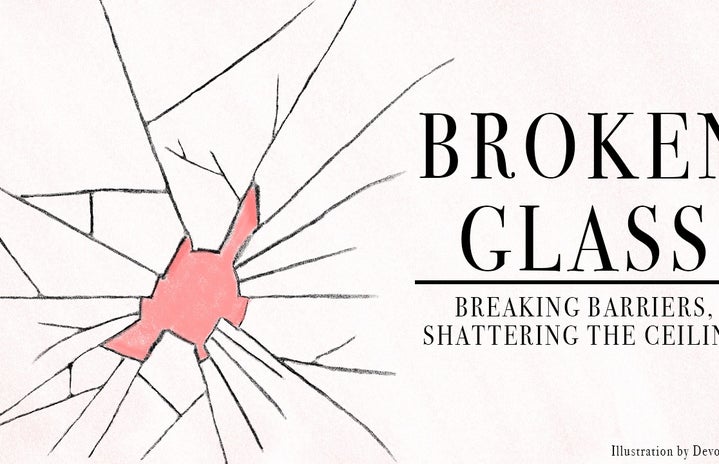Recently, there has been much debate over whether the current wave of feminism can be considered the third or fourth wave.
Feminism has evolved since the early days of suffrage. Women have since improved and increased our input into society, but things are still not equal and the fight has not slowed down.
Feminism is defined by ECU’s Women and gender studies section as an interdisciplinary approach to issues of equality and equity based on gender, gender expression, gender identity, sex and sexualuty as understood through social theories and political activism.
The first wave of feminism acted as a foundation for modern feminists. According to Pacific University, this wave, taking place in the late nineteenth century and spilling over into the early 20th century, was “emerging out of an environment of urban industrialism and liberal, socialist policies.” This is the stage we refer to in history as the time that finally gave women a voice in important issues. The term suffrage is established as the fight for women’s rights.
The second wave of feminism happened between 1963 and the 1980’s, beginning withBetty Friedan’s The Feminine Mystique. This piece described the pervasive dissatisfaction among women in mainstream American society in the post-World War II period. The Feminine mystique shows the systematic sexism that taught women that their place was in the home. This was also the time of the Equal Pay Act of 1963, that ‘theoretically’ outlawed a pay gap between men and women, and the Roe vs. Wade Supreme Court case — allowing women to acces birth control and abortions if they felt necessary; garenteeing reproductive freedom. This was the feministic wave with a lot of growth, and without it we would certainly not be where we are today.
The third wave of feminism is said to have started in the 1990s. This wave brought the reclaim of negative social stereotypes. According to Women’s History, feminists “wanted to create a mainstream movement that was inclusive of the various challenges women from different races, classes, and gender identities were facing.” This was the era that the Spice Girls came into play; where each member played off of a different gender stereotype of women (Posh, Sporty, Scary).
The proposed fourth wave of feminism includes movements like the #MeToo movement, the Women’s March and the Black Lives Matter movement. According to Vox, there is a “record number of women preparing to run for office.”. Believing that we are in a new wave of feminism shows that there is a difference betweenwhere we are now to where we were, socially, in the 90’s and early 2000’s. A precedent of uninclusivity during this third wave of feminism has shown, especially in the younger community.
Professor Bobbie Foster shared that she believes we are in a fourth wave of feminism.
“This new wave, if we call it that, is characterized by many of the same struggles as previous generations, but there are changes in the rhetoric, language, and media tools we use,” Foster said. “Social media, in particular, has enabled social movements to take on global problems and allows feminists to make connections and spread the word faster than previous “waves” or generations. Intersectionality had also become central to many feminist approaches and conversations when it was not as emphasized in previous waves.”
Overall, historic events have kick-started various waves of feminism over the past few decades.
“In every social movement, there are touchpoints that mark progress,’ Foster said. “For the first wave of feminism, it was the passage of the 19th amendment. In the second wave, the formation of the National Organization of Women (NOW), Title IX, and the Equal Rights Amendment, marked high points […] We could look at the 2017 Women’s March and the record number of women to be elected to national and state offices as a marker of a new or invigorated wave of feminism in the U.S.”
An inpactful addition to this new wave of feminism was the inclusivity of men in the movement. According to an article by Brian Klocke, “sexism negatively affects men by forcing them to be more hyper-masculine […] regardless of these and other secondary effects of sexism, men still benefit from patriarchy whether or not they choose to fight sexism in others or themselves”.
With the rise of social media, it has become even easier to access feminism. Social media can be a place for women to participate in activism and a place where movements are planned and created, much like the #MeToo movement. With the growth of easily accessible technology, many Gen Z women are at the age where they are able to decide their own views on feminism. This generation is the first generation to grow up with access to computers and the rise of technology.
Again, the “fourth wave of feminism” is still up for debate in modern society. The overall goal of feminism is to establish equal rights for women, and equal rights for all. This wave of feminism is bringing in the influence of our voice and the inclusion of more groups of women.


